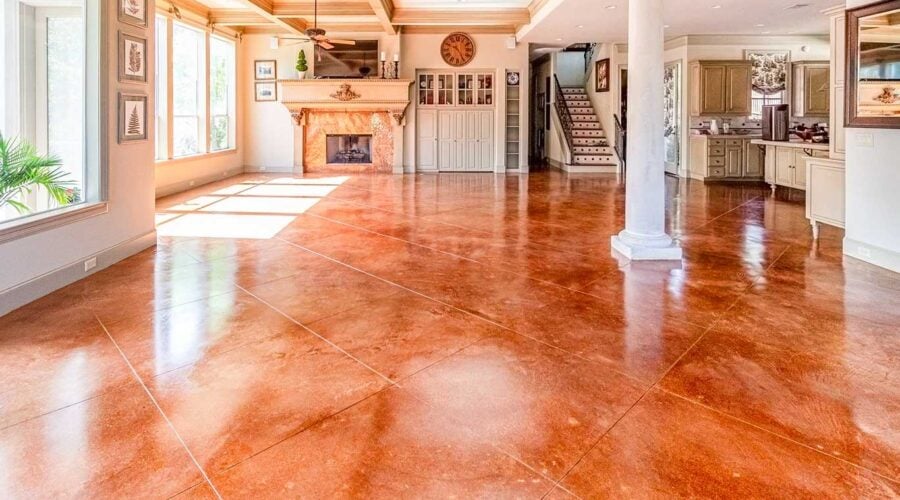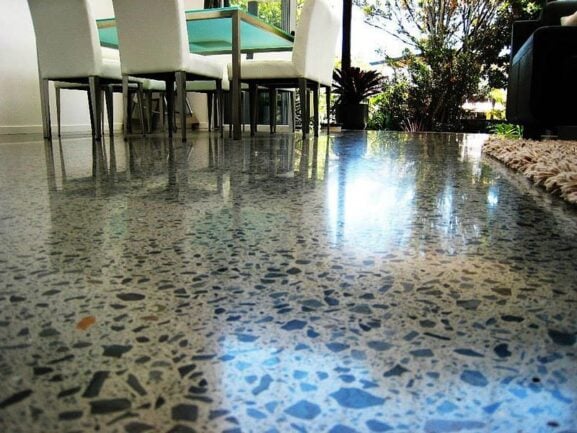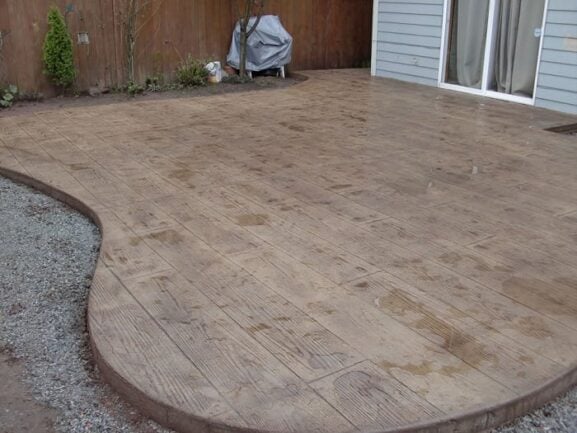Gulf Gate Estates Concrete Floor Repair
- Concrete floor contractors Gulf Gate Estates, Concrete floor installation Gulf Gate Estates, Concrete floor repair Gulf Gate Estates, Concrete flooring services Gulf Gate Estates, Residential concrete flooring Gulf Gate Estates
Repairing concrete floors in Gulf Gate Estates effectively requires proper techniques and materials to ensure long-lasting results. Here are the best practices for addressing cracks, pitting, and other damage in concrete floors:
1. Assess the Damage
- Identify the Type of Damage: Determine whether the issue involves hairline cracks, deep cracks, pitting, or scaling. Each type of damage may require a different repair approach.
- Evaluate Structural Integrity: For complex or worsening cracks, assess whether underlying issues (e.g., foundation problems) contribute to the damage. Professional evaluation may be necessary.
2. Prepare the Surface
- Clean Thoroughly: Remove dirt, debris, and loose material from the damaged area using a pressure washer, nylon brush, or vacuum. Ensure the surface is dry before applying repair materials.
- Chisel and Widen Cracks: For larger cracks, use a chisel to widen the base of the crack slightly to improve adhesion of repair materials.
3. Choose the Right Repair Method
- Hairline Cracks: Use a masonry crack filler or self-leveling concrete sealant applied with a caulking gun. These products are ideal for sealing small cracks and preventing water intrusion.
- Deep or Structural Cracks:
- Epoxy Injection: This method bonds cracks structurally but is not suitable for water-leaking areas.
- Stitching: Drill holes along the crack and use metal wire to stitch it together for long-lasting repairs.
- Grouting: For water-leaking cracks, grout injection can seal leaks but does not restore structural integrity.
- Pitting or Scaling: Apply a vinyl patching compound or fast-setting repair mortar to fill voids and smooth the surface.
- Uneven Floors: For widespread damage, consider resurfacing with a skim coat of concrete patching material. Ensure compatibility with existing repairs (e.g., avoid applying Portland cement over polyurethane-based fillers).
4. Apply Repair Materials
- Follow manufacturer instructions for mixing and applying repair products.
- Use tools such as trowels or floats to smooth the surface after filling cracks or pits. Avoid overworking the material to prevent weak spots.
5. Curing and Finishing
- Allow adequate curing time as specified by the product instructions.
- For aesthetic consistency, consider staining or sealing repaired areas. Note that repaired sections may not perfectly match the original concrete color.
6. Prevent Future Damage
- Address underlying causes of damage, such as poor drainage, freeze-thaw cycles, or soil movement.
- Apply a protective sealant to reduce moisture penetration and wear over time.
By following these best practices, you can achieve durable and visually appealing repairs for your concrete floor in Gulf Gate Estates while minimizing future maintenance needs. For extensive damage or structural issues, consulting a professional is recommended to ensure long-term success.
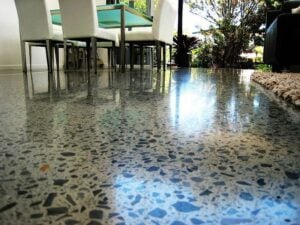
How to Prepare Your Space for Concrete Floor Installation in Gulf Gate Estates
Preparing your space for concrete floor installation in Gulf Gate Estates involves several steps to ensure a successful and durable outcome. Here’s a comprehensive guide
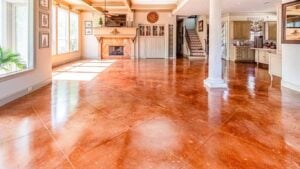
Gulf Gate Estates Concrete Floor Repair
Repairing concrete floors in Gulf Gate Estates effectively requires proper techniques and materials to ensure long-lasting results. Here are the best practices for addressing cracks,
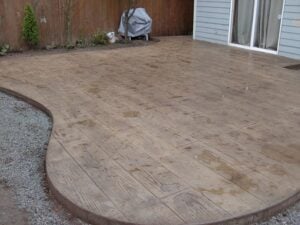
The Benefits of Hiring Professional Concrete Floor Contractors in Gulf Gate Estates
Hiring professional concrete floor contractors in Gulf Gate Estates offers several benefits that can enhance the quality, efficiency, and longevity of your project. Here are
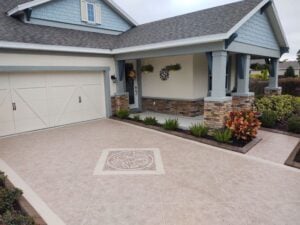
Why Concrete Flooring in Gulf Gate Estates Is the Best Choice for Your Home or Business
Concrete flooring in Gulf Gate Estates is an excellent choice for both homes and businesses due to its numerous benefits. Here are some reasons why

